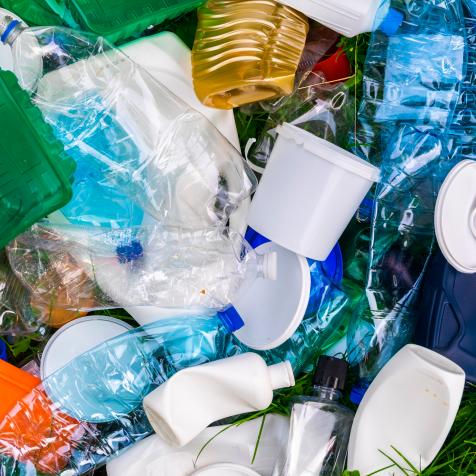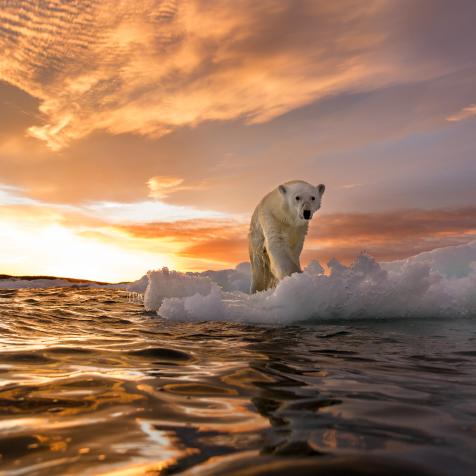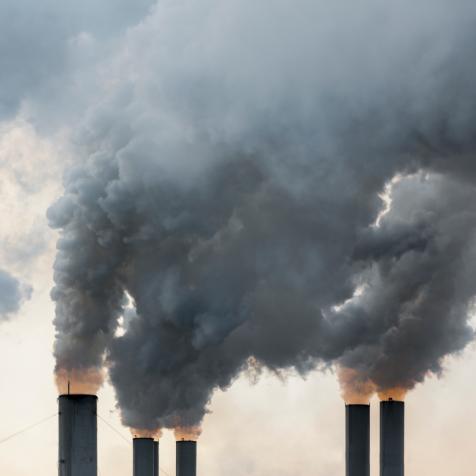
last19
Coffee Culture Brews Up Eco-Friendly Espresso in the Lab
Coffee is one of the world’s favorite beverages: a pick-me-up social brew that regular drinkers in the US consume more than three times a day. But the coffee bean itself is under threat from climate change. Now a Finnish research group has cultured beans in the lab to offer the world a sustainable espresso.
Plant cells were adapted to produce coffee cell cultures and then grown in bioreactors at the VTT Technical Research Centre of Finland. Biotechnologists, chemists, and food scientists worked together to select the right cell lines and developed a roasting process for the resulting coffee biomass.
Afterward, a sensory panel created the taste and aroma profile for the lab-grown brew. The result is a drink that smells and tastes almost the same as conventional coffee. It’s not perfect, admitted lead researcher Heiko Rischer, because good coffee making is an art, but this could be the start of something beautiful.

ALESSANDRO RAMPAZZO
Researcher Heikki Aisala goes through the process of tasting and smelling the sustainably grown coffee at the VTT research lab in Espoo, Finland.
“The experience of drinking the very first cup was exciting,” said Rischer. “I estimate we are only four years away from ramping up production and having regulatory approval in place.”
Globally, 600 billion cups are drunk each year – revenue from global coffee production will top $400 billion in 2021. The US is the largest national consumer with a massive $81 billion of that total expected this year. Lab-grown coffee would need FDA approval to replace farmed beans, but the sustainability problems of coffee growing might make it a necessity.
Scientists say the issues with coffee as a commercial crop are widely known. Deforestation – especially in major exporting countries like Brazil – alongside water pollution, biodiversity loss, and labor exploitation, are some of the worst outcomes. Lab-grown coffee could actually do the planet a huge favor.

ALESSANDRO RAMPAZZO
A bioreactor used to make grow the sustainably grown coffee cells.
Growing coffee cultures in bioreactors take a lot of energy, according to Rischer, so is dependent on whether renewable or fossil fuel generation is used, to calculate its environmental impact. But transport is minimized if production takes place locally, pesticides and fertilizers are not needed at all, and any water employed in the process can be re-used.
Environmental decline and climate change are a real threat to the viability of the coffee industry. Rising temperatures coupled with drought and flooding, or fungal pests like leaf rust, can destroy harvests. As shade-grown coffee, a method that encourages biodiversity and is better adapted to climate change gives way to more intensive farming, the impact on the environment and coffee growers ramps up.
More startups are entering the cellular agriculture market in a bid to capture interest in that regular coffee taste and caffeine kick, without the environmental guilt. Atomo in Seattle cooks up its molecular brew from plant waste extracts like chicory root and grape skins. Bay Area firm Compound Foods is using synthetic biology to make its coffee without beans.

ALESSANDRO RAMPAZZO
Sustainably grown coffee once the process is finished, the darker color is due to the roasting process.
“We have now proved that lab-grown coffee can be a reality”, said VTT’s Rischer. “The true impact of this scientific work will happen through companies who are willing to re-think food ingredient production. Ultimately, all efforts should result in more sustainable and healthy food for the benefit of the consumer and the planet.”
But it may be harder to square away the loss of livelihood for the 20 million rural poor and smallholders who rely on coffee growing. So campaigns like the Sustainable Coffee Challenge (SCC) are doing their part to improve cultivation standards alongside the United Nations.
Coffee is one of a growing list of cash crops that has problems caused by climate change or is threatened by it or both. The SCC thinks coffee consumption could triple by 2050, so society will need to produce the drink in much more efficient ways. Solving some of its thorniest problems is a priority, but with science on our side, at least we have better alternatives.


















